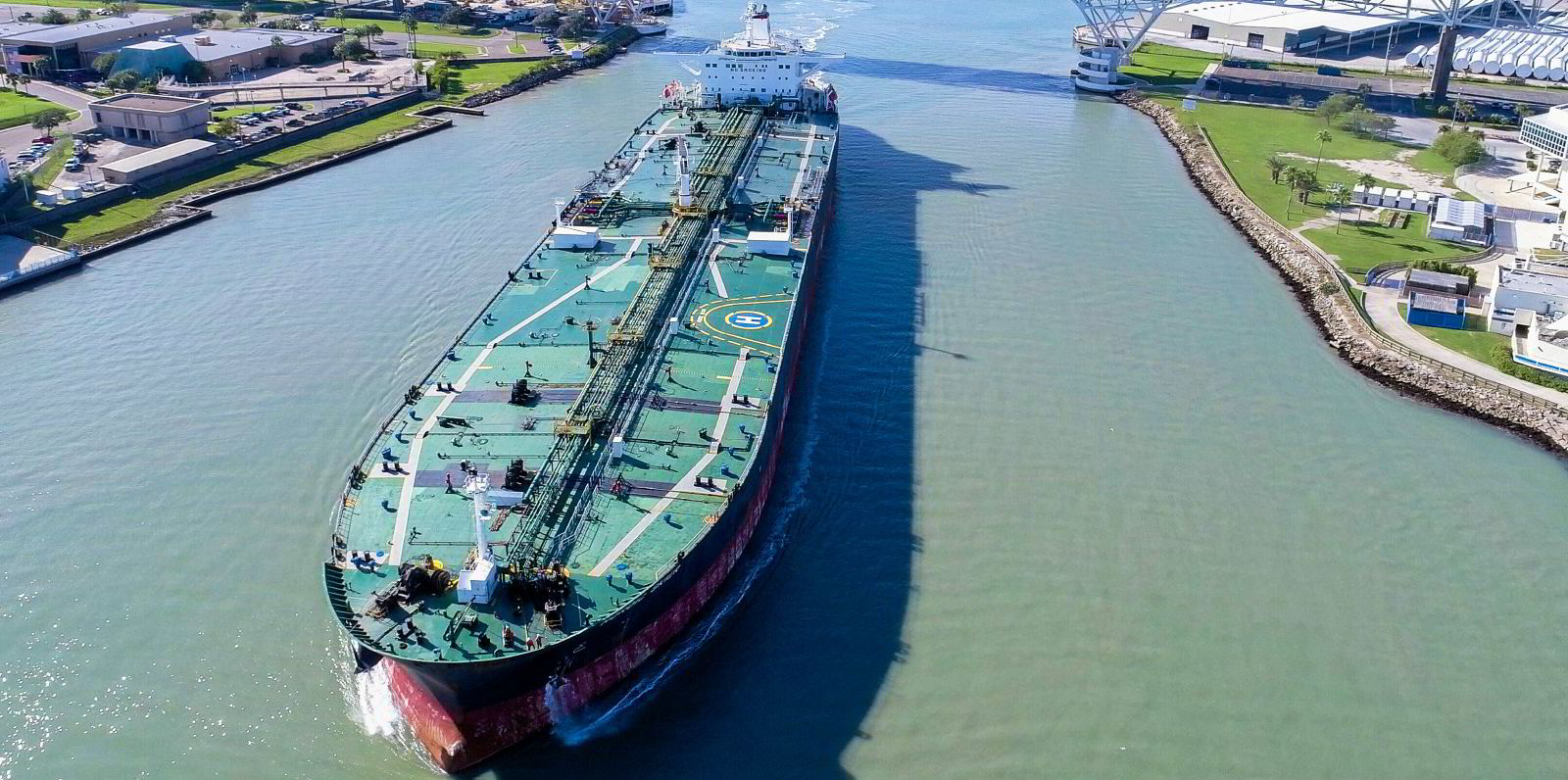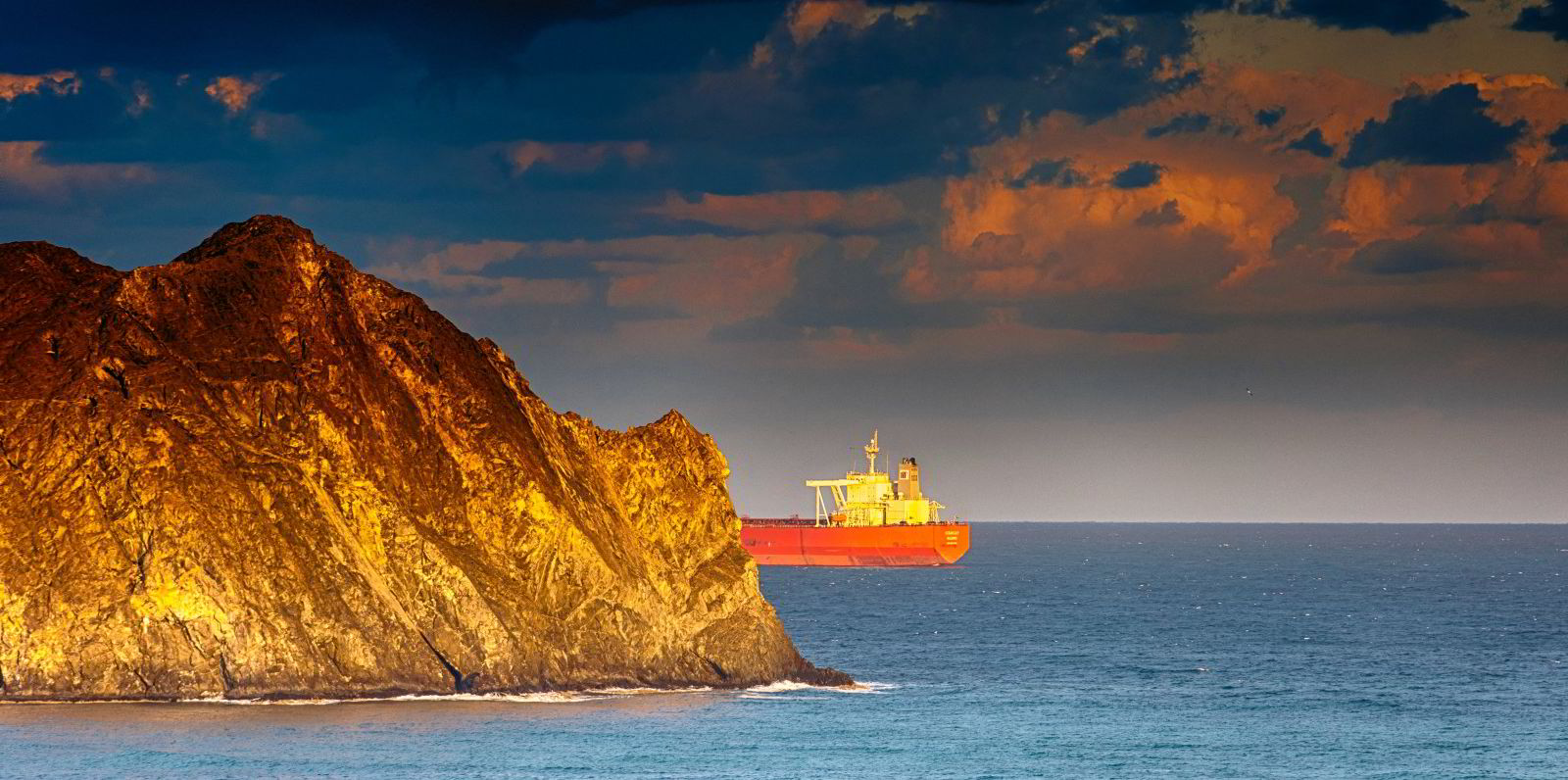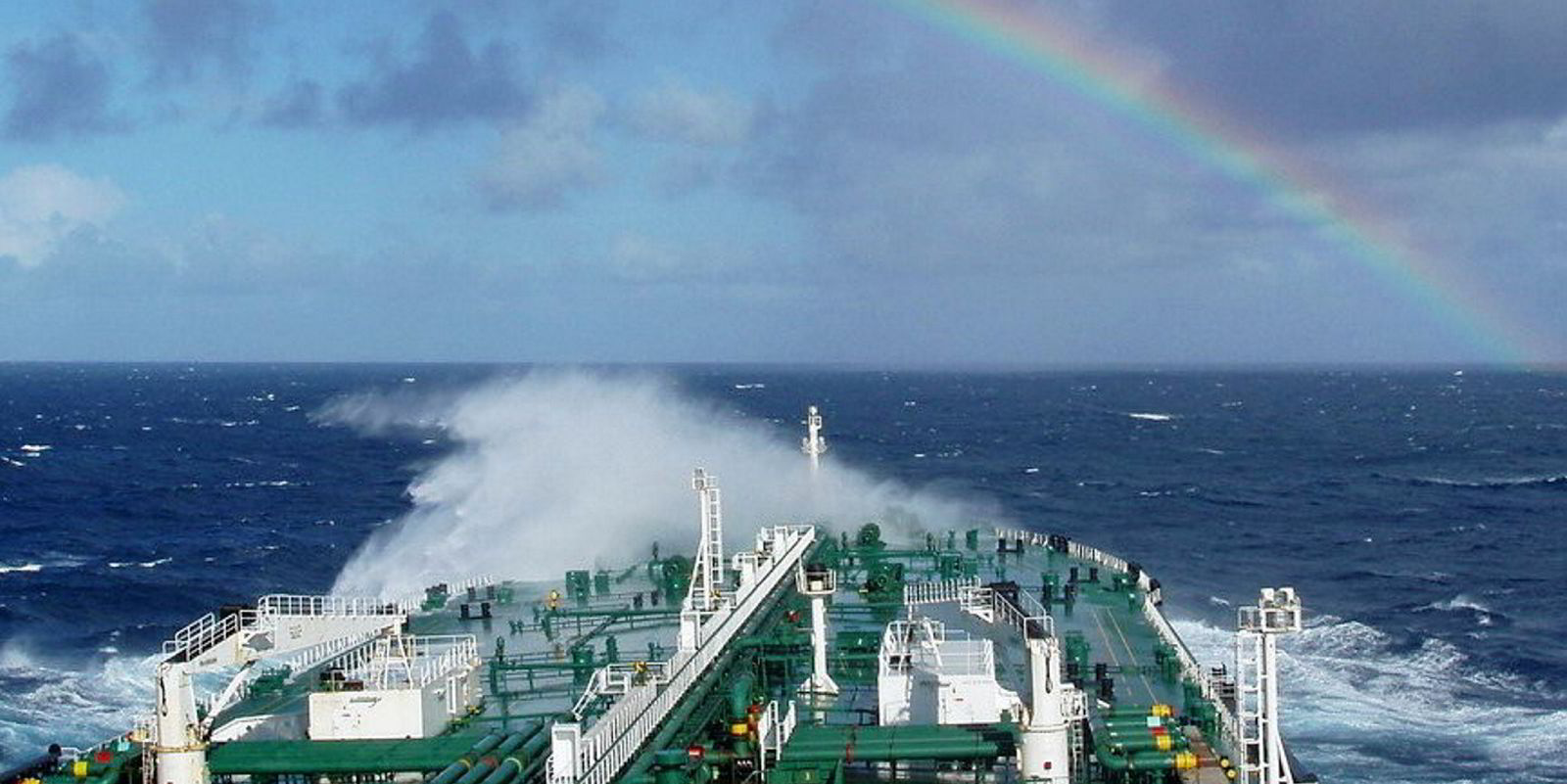The Baltic Exchange’s assessment of spot VLCC earnings rose to a level not seen in 30 months.
But fuel prices have propelled the fortunes of eco tankers with exhaust gas scrubbers even more, as their average spot earnings broke past $100,000 per day.
The Baltic’s measure of time charter equivalent rates for the large tankers rose to nearly $49,300 per day on Friday, a level not seen since 5 May 2020, a time when the VLCC spot market was spiralling downward from a pandemic-fuelled surge.
That marked a one-week jump of 25% in a week with strong spot chartering activity, but it was a figure that paled in comparison to the earnings of a VLCC with a scrubber, which allows the vessel to burn heavy fuel oil rather than more expensive fuel that complies with the global cap on sulphur emissions.
And it was also significantly below the earnings of an eco VLCC, which means that ship has a fuel-saving electronically driven engine.
Clarksons Securities analyst Frode Morkedal said eco VLCCs are earning $91,000 per day on Friday, which marked a 14% gain from a week earlier.
Throw in a $10,700 scrubber premium, and VLCCs with both fuel technologies are now earning more than $100,000 per day, he wrote in a note to clients of the investment banking unit of shipbroking giant Clarksons.
In the charter market, the scrubber advantage was apparent in a Trafigura fixture of the 300,000-dwt Maran Mira (built 2020) to Kuwait Petroleum.
The trading giant will earn a Worldscale rate of WS 107.5 on Thursday for a trip from the Middle East to China, which compares to a last done deal of WS 102.5 a day earlier and WS 99 in similar voyages a week before, according to data from VLCC pool operator Tankers International.
Six-figure rate
The charter was worth just over $108,000 per day on a round-voyage basis for the route.
That compares to just $70,100 per day for New Shipping’s 300,000-dwt New Naxos (built 2003). Tankers International says it is earning a rate of WS 105 to travel from the Middle East to Thailand in a deal with Bangkok oil company PTT.
Although Tankers International’s round-voyage estimates are used for comparing two charters, the trip may be more lucrative for New Shipping. That is because the ship started its journey to the Middle East at Sikka, India, and the shorter ballast leg means it will earn an actual TCE rate of more than $104,000 per day, according to the pool operator’s data.
Some brokers see slimmer, although still significant, premiums. London’s Howe Robinson on Friday estimated that eco technology and scrubbers bring VLCCs a premium of $21,600 per day, as very low sulphur fuel oil costs an extra $284 per tonne at the price of $694 at the Middle East bunkering hub of Fujairah. Heavy fuel oil at the same site costs $409 per tonne.
Eco premium
Howe Robinson calculated the spot rate premium for eco VLCCs, which are more profitable when overall fuel costs are higher, at $9,100 per day.
And the UK broker said scrubber-fitted non-eco vessels, which still benefit from a gap between the fuel grades that tends to grow in a higher price environment, were earning a premium of $15,800 per day on Friday.

Overall, Howe Robinson assessed average TCE rates for VLCCs at $72,800 per day for modern, non-eco tankers without a scrubber, which was a rise from just under $65,500 per day a week earlier.
The rising tide for all VLCCs reflects healthy enquiry levels as Middle East charterers worked to cover loading dates for the second 10-day chartering window of the month. Early in the week, charterers tried to keep a lid on rates by reaching for older vessels or VLCCs in a compromised position as owners of modern ships held their ground.
But sentiment rose mid-week as owners found themselves in a position to push up rates, according to Howe Robinson.
By Friday, the broker said the market had quieted down, but charterers still had November’s final 10-day window to cover in the Middle East.
“Even if the charterers try to continue to take a breather to calm the market, owners remain expectant,” Howe Robinson said.




